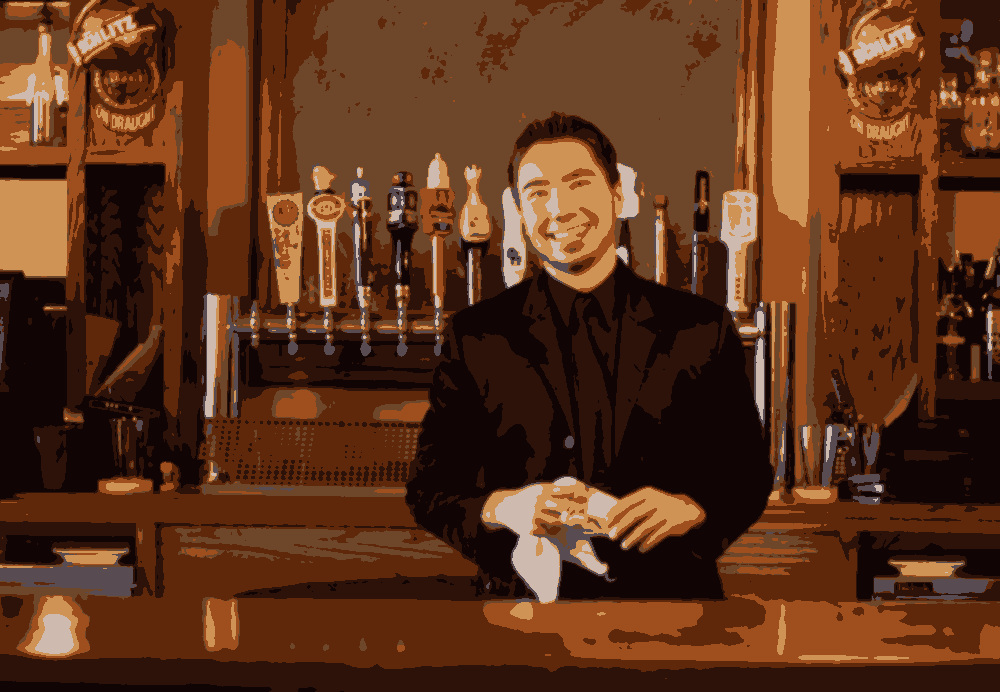Every story worth reading or watching will contain at least three overarching parts: a beginning, a middle, and an end. An event starts the ball rolling (the inciting incident), which sets into motion a number of reactions and choices from our protagonist (middle acts and subplots), until it eventually culminates in a confrontation between all invested parties (the climax). Cut any… Read more →





